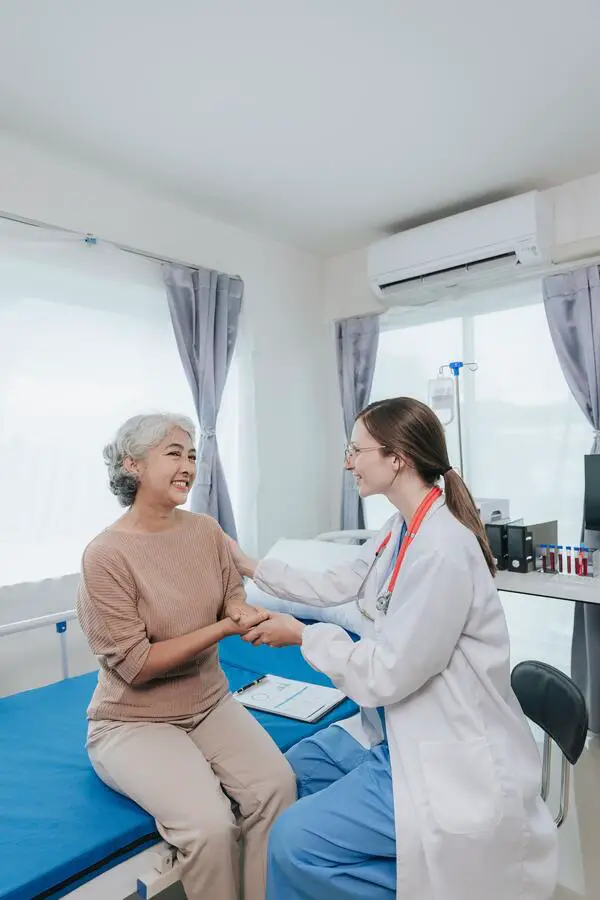
Lung Screening After 60: When and How to Get Checked
As people grow older, lung health becomes more important. Over time, lung tissue may weaken due to aging, smoking, or exposure to air pollution. After 60, the chances of developing serious lung conditions, including lung cancer, begin to rise. Screening can help find issues early, when they’re easier to treat.
Many people don’t know when to get checked or what the test involves. Some believe screening is only for smokers. Others have concerns about the cost or fear the results. Those with a family history of cancer may also feel unsure.
Understanding how screening works can help clear up confusion and encourage smart health decisions.
Why Screening Matters After 60
Lung cancer often develops without signs. People might not notice symptoms until the disease has spread. At that point, treatment becomes more difficult and success rates drop.
Screening helps detect cancer at earlier stages. If doctors find early-stage lung cancer, there’s a better chance of recovery. Screening has helped lower the number of lung cancer deaths, especially in people with high-risk factors.
Individuals dealing with long-term medical conditions or past exposure to smoke should pay extra attention. Getting screened offers a chance to catch problems early, often before any symptoms show.
Who Should Get Screened?
Lung screening is usually recommended for people who:
- Are between 50 and 80 years old
- Smoke now or quit within the last 15 years
- Smoked a pack a day for 20 years or more
Even after quitting tobacco, a person can still face health risks due to long-term damage to their lung tissue. People with a family history of lung cancer or related heart conditions may also benefit from screening. A doctor can help assess personal risk and decide if testing is needed.
How the Test Works
The standard test is a low-dose CT scan, which creates clear images of the lungs using a small amount of radiation. It works better than a regular chest X-ray and helps doctors find small changes that may point to cancer.
The test is quick and painless. You lie on a table while a machine circles your chest to take pictures. It’s over in about 10 minutes.
Modern equipment offered by manufacturers like Depisteo makes the process faster and more accurate. These tools improve early detection while limiting exposure to radiation.
If doctors see a spot or something unusual, they may order another scan or test. Not every spot is dangerous; some are scars or signs of past infections, but they still need to be checked.
When and How Often to Get Checked
If you meet the screening criteria, a yearly scan is often recommended. Most people start between ages 50 and 55 and continue until about 80, depending on their health.
Even at 60 or older, it’s not too late to start. Lung screening is especially helpful for those who have recently quit smoking or are in the process of quitting tobacco. Regular testing can help track changes in the lungs and catch problems early.
Is It Covered by Insurance?
In many cases, yes. Most private insurance plans cover lung screening if the person meets the guidelines. It’s a good idea to check with your provider before scheduling.
Some hospitals and clinics also offer low-cost or free screenings. Financial help may be available, especially for those at higher risk.
What Happens After the Scan?
Doctors review the scan for signs of problems. If everything looks normal, you’ll likely be asked to come back next year. If they find something, further tests might be needed to learn more.
A spot doesn’t always mean cancer. It could come from past illness, long-term medical conditions, or even scar tissue. If the scan does lead to a cancer diagnosis, early detection gives doctors more options for treatment.
Should You Get Checked If You Feel Fine?
Yes. Lung cancer usually doesn’t show symptoms early. Feeling fine doesn’t mean you’re in the clear. Getting checked while you feel healthy is the best time to act. If doctors catch early-stage lung cancer, the chances of recovery are much higher. It also supports people who are focused on quitting tobacco and staying ahead of possible health issues.
Conclusion
Lung screening after 60 can catch problems before they become serious, especially for people with a smoking history, family history, or existing heart conditions and medical conditions. It’s safe, often covered by insurance, and only takes a few minutes. Even if you feel fine, a scan could help protect your health and bring peace of mind.